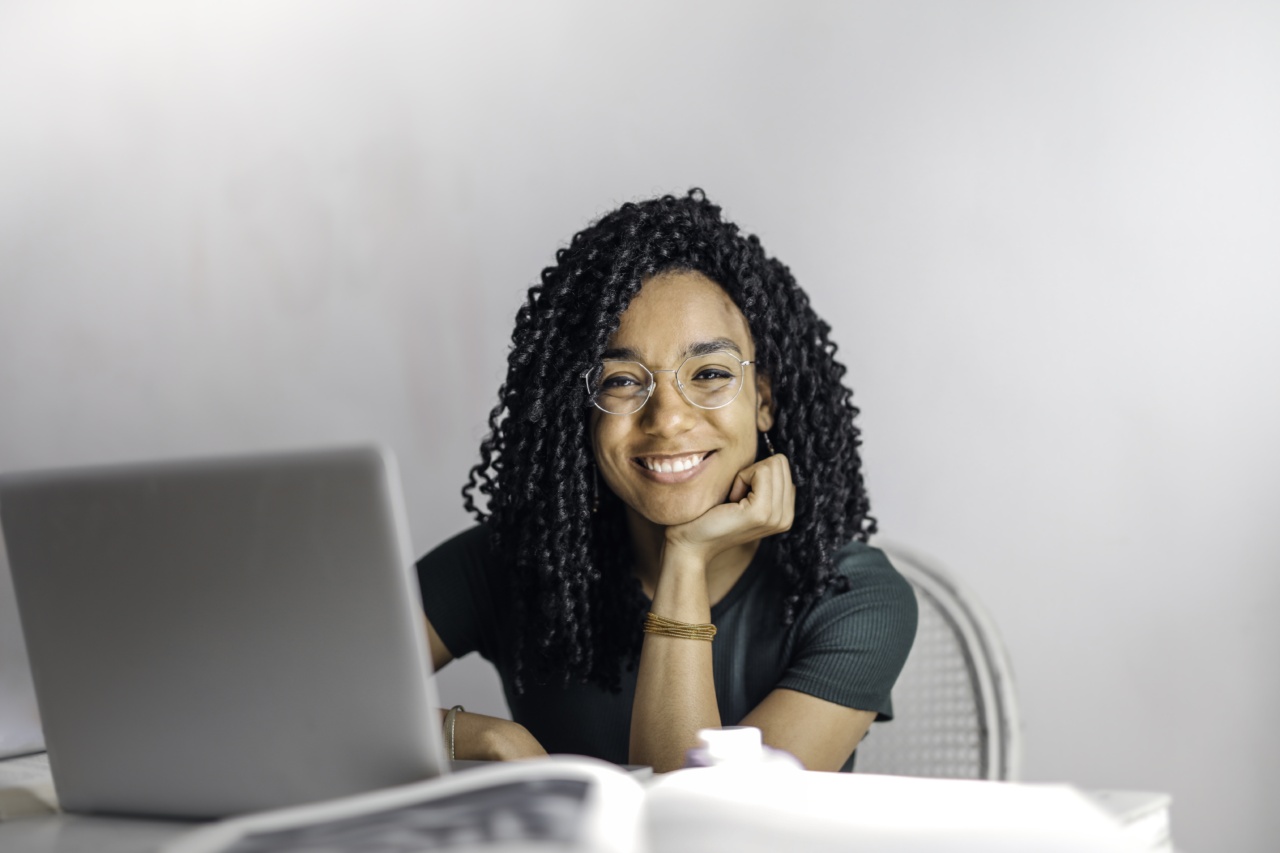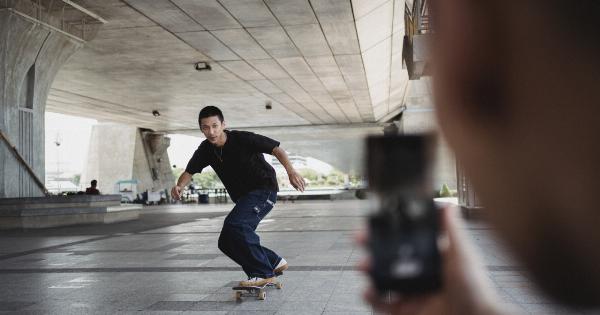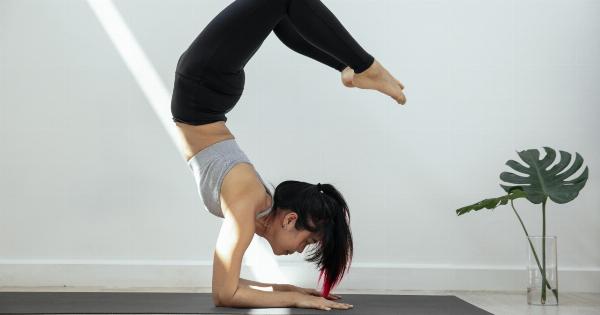After a long day at work, it’s important to take the time to relax and let go of any stress or tension that has built up during the day.
Whether you work a physically demanding job or sit at a desk all day, finding the right relaxation technique can help you wind down and feel refreshed for the next day. Here are ten relaxation techniques to destress after work:.
1. Deep Breathing
Deep breathing is a simple yet effective technique for reducing stress and anxiety. Sit in a comfortable position and inhale deeply, expanding your belly and then your chest.
Hold your breath for a couple of seconds and then exhale slowly through your mouth, letting go of any tension in your muscles. Repeat this cycle for a few minutes until you feel more relaxed.
2. Mindfulness Meditation
Mindfulness meditation involves focusing on the present moment and letting go of any distracting thoughts or worries. Find a quiet space and sit comfortably with your eyes closed. Focus on your breathing and try to clear your mind.
If your mind wanders, gently bring it back to your breath. Practice this for a few minutes each day to improve your ability to be present and reduce stress.
3. Yoga
Yoga is a physical and mental practice that combines body postures with deep breathing and meditation. Practicing yoga can help release tension in your muscles and calm your mind.
Try a few restorative poses such as child’s pose or savasana to relax and unwind after a long day at work.
4. Progressive Muscle Relaxation
Progressive muscle relaxation involves tensing and relaxing different muscle groups in your body to release any physical tension. Sit or lie down in a comfortable position and begin with your toes. Curl them tightly for a few seconds and then release.
Move up your body, tensing and relaxing each muscle group for 10-15 seconds. This technique can help you identify and release any areas of physical tension in your body.
5. Guided Imagery
Guided imagery involves visualizing a peaceful scene or scenario to help you feel relaxed and calm. Find a quiet space and picture yourself in a calming environment such as a beach or forest.
Focus on the sights, sounds, and sensations in your mind to fully immerse yourself in the scene and let go of any stress.
6. Aromatherapy
Essential oils such as lavender, chamomile, or peppermint can be used to promote relaxation and reduce stress. Add a few drops of your favorite essential oil to a diffuser or apply a drop or two to your temples or wrists.
Inhale deeply and let the scent calm your mind and body.
7. Music Therapy
Listening to relaxing music can help reduce stress and promote a sense of calm. Choose music that resonates with you and listen to it in a quiet space. Focus on the instrumentation and let go of any distracting thoughts or worries.
Try incorporating music therapy into your relaxation routine to promote calm and relaxation.
8. Massage
Massage can help release physical tension and promote relaxation. Schedule a massage with a licensed therapist or try a self-massage with a foam roller or massage ball. Focus on areas of tension such as your neck, shoulders, or back.
9. Exercise
Exercise is a powerful stress-reducing activity. Engage in some form of movement such as a brisk walk or a yoga class to release endorphins and reduce stress. Even a short workout can help you feel more relaxed and refreshed.
10. Gratitude Practice
Practicing gratitude can help shift your mindset to a more positive outlook and reduce stress. Take a few minutes each day to reflect on what you’re grateful for in your life.
Write down things you’re thankful for in a gratitude journal or simply reflect on them mentally to cultivate a sense of peace and gratitude.































